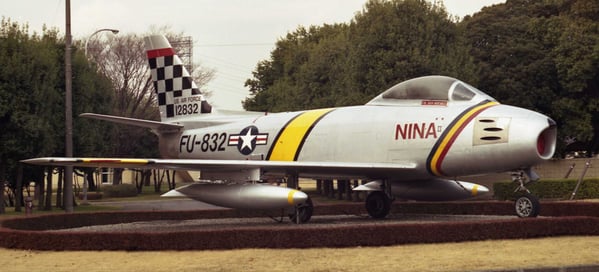Observe-Orient-Decide-Act (OODA)—in an insightful article about what makes certain American fighter pilots stand out, Harvard Business Review makes the case that OODA is not just valuable in warfighting, but is what helps companies stand out as well. According to the article, online retail giants Amazon and Alibaba use similar methods when they are identifying new products to put forth, or markets to enter.
In the fighter pilot example, technical advantages in the aircraft combined with the unique ability of a few uber-capable pilots provided the winning edge. The pilot who was able to perform the OODA decision loop with the quickest iterations was the ultimate victor.
The interesting thing is that while the OODA framework most obviously applies to the pilot, there is a huge application for the way the military needs to operate as an organization. The warfighter absolutely has decisions to make at the moment, but what about all the decisions that lead up to that moment? Strategists may have thought through thousands of potential scenarios and made decisions around the most probable outcomes.
There were numerous decisions made around what weapons systems to procure, decisions around where those systems needed to be, and when they needed to be there. All of those decisions led up to the warfighter having the right technology, in the right place, at the right time to achieve victory.
The problem is that today, that framework of decisions across the organization takes way too long. In order to maintain the upper hand against its global competitors, the Department of Defense needs to work on shortening the OODA loop.
Leadership realizes that decisions need to be data-driven, but just getting access to all the data needed to reach an informed decision can take weeks or months. After getting the answer to one question they are led to another, spawning another few days or weeks before they get what they need. This makes the iteration process painful and slow. There are a number of ways this can be alleviated.
One way is to aggregate the data, so leadership doesn’t have to go on a manual data quest every time they need to know something. Combining this with visualizations of the data, and the many relationships between resources/assets will be helpful as well.

Photo By Shutterstock
Everyone has heard the ‘picture is worth a thousand words’ axiom, but that was exactly the advantage that the F-86 gave pilots – superior visibility from the cockpit. Expanding leadership’s field of vision through rich visualizations will go a long way toward enabling that competitive edge. Finally, the OODA loop can be shortened using AI.
AI is capable of finding relationships between things that may not be visible at first glance. Consider a procurement decision: buying missile A vs. missile B. Seems like a binary decision, but in truth, no decision is binary.
There are downstream effects of buying one vs. the other, which may affect readiness and the warfighter’s ability to deliver on the mission. AI can help identify these effects, and supplement leadership’s decision-making abilities. Leveraging these tools from these areas will be indispensable to closing the OODA feedback loop organizationally.